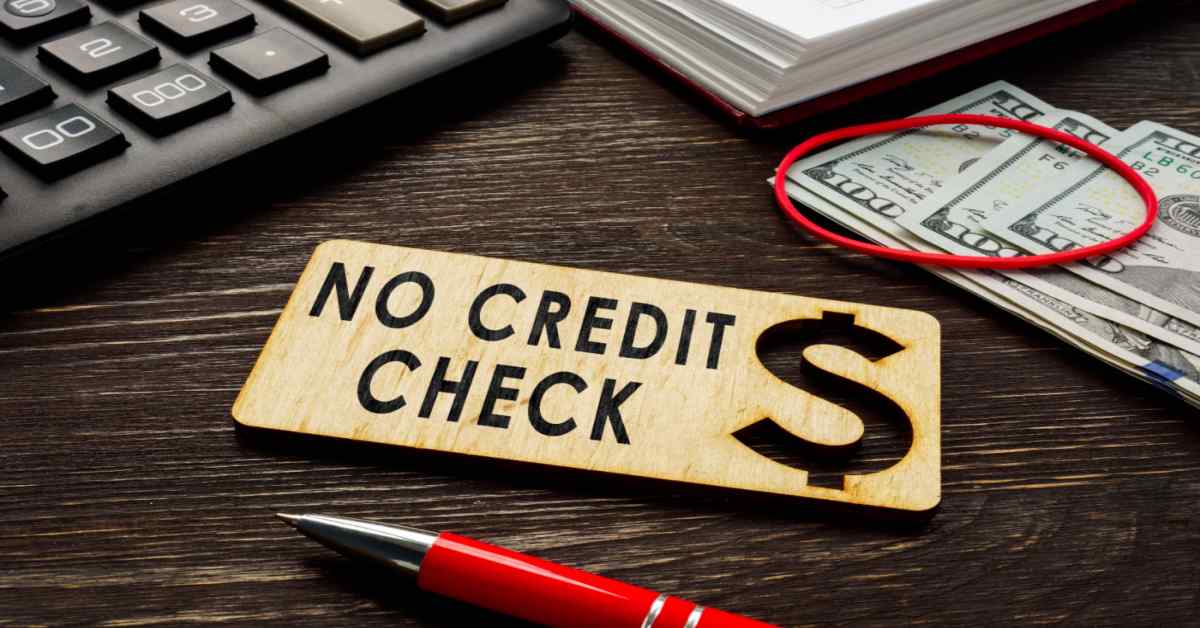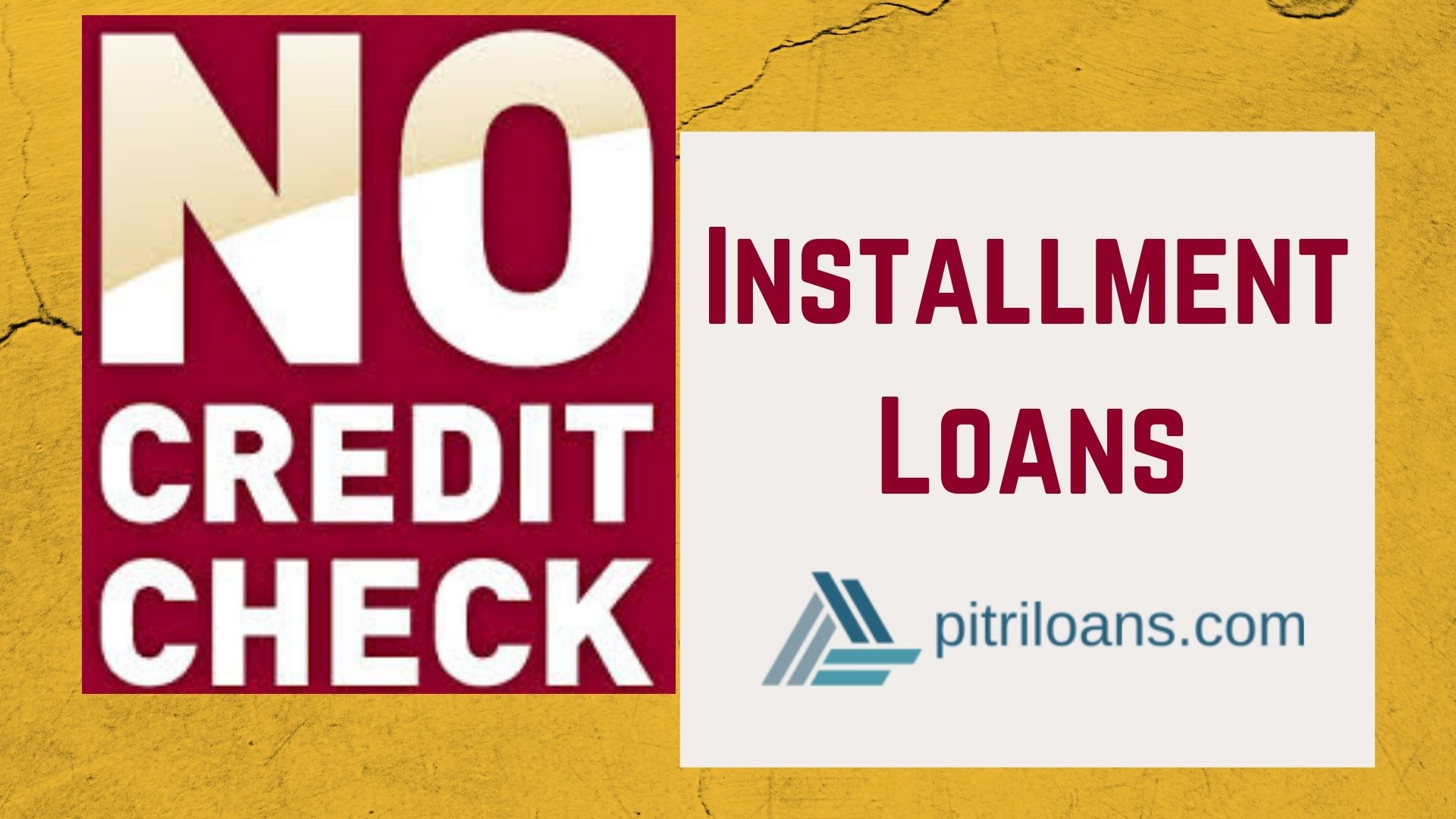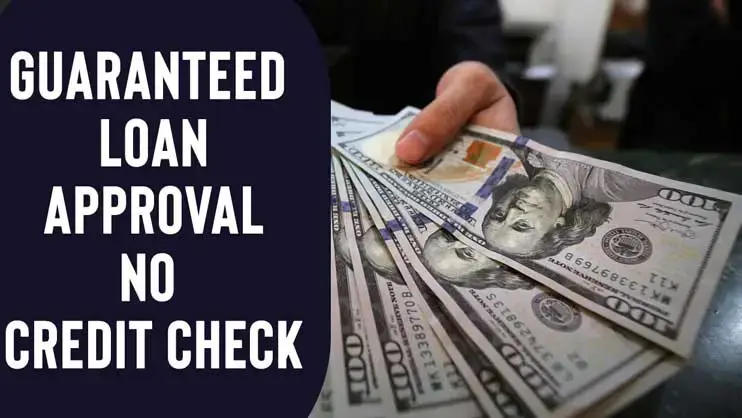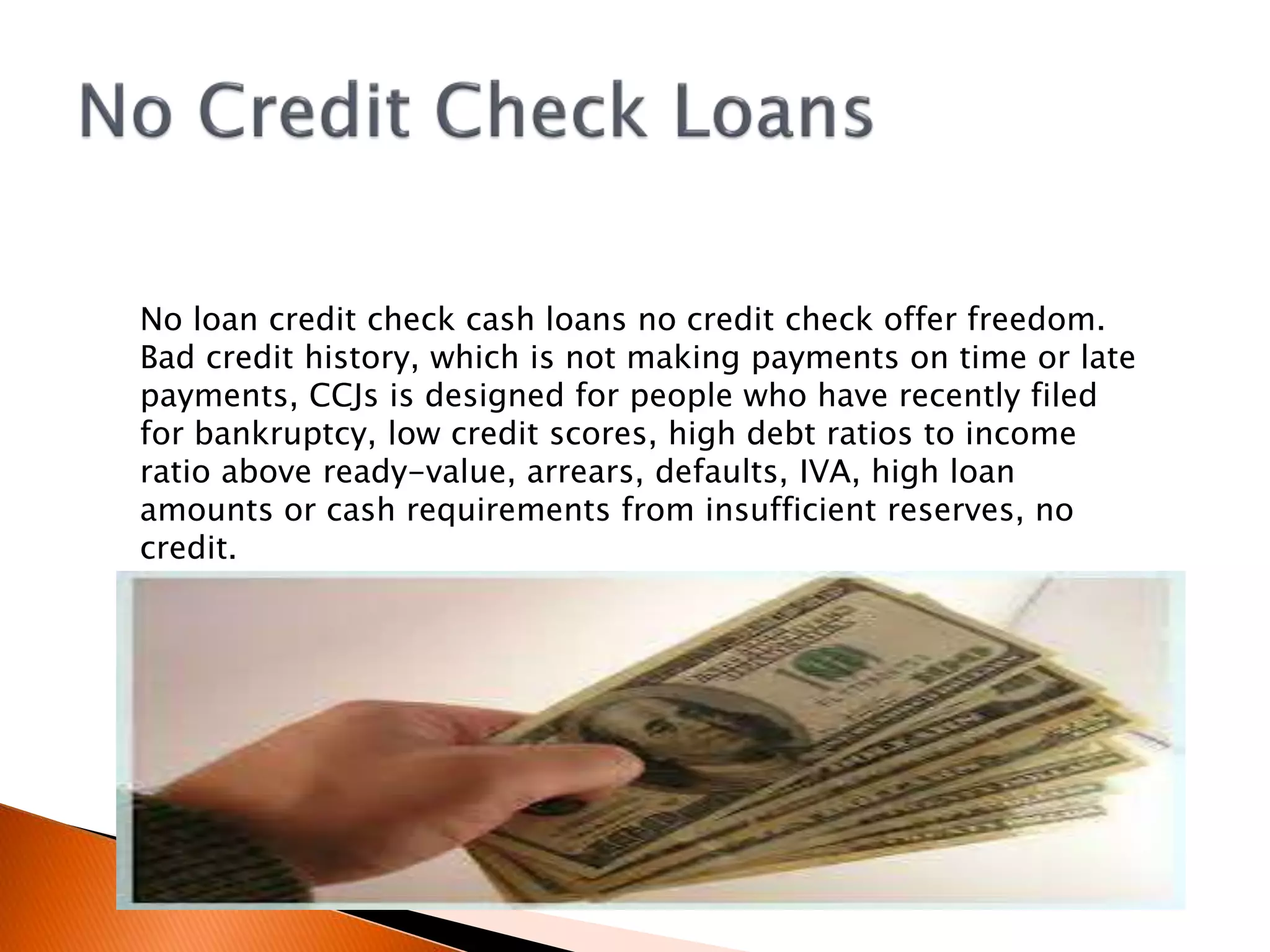2000 Loan With No Credit Check

The year is 2000. The internet is booming, dot-com startups are minting millionaires overnight, and a new kind of financial product is emerging: the online loan with no credit check. Promises of quick cash and easy approvals lure borrowers, often those with damaged credit or limited financial literacy, into a system rife with hidden fees and potentially devastating consequences.
While the allure of immediate access to funds was powerful, the reality for many who took out these loans was far from the utopian vision painted by aggressive marketing campaigns. This article examines the landscape of the "no credit check" loan market in 2000, exploring its rise, the players involved, the risks faced by borrowers, and the regulatory challenges it presented.
The Rise of No Credit Check Lending
The late 1990s and early 2000s witnessed a surge in online lending platforms. Fueled by readily available venture capital and a desire to disrupt traditional banking, these companies offered a streamlined alternative to brick-and-mortar institutions.
A key selling point was the elimination of traditional credit checks, appealing to a segment of the population often excluded from mainstream financial services. Marketing targeted individuals with "bad credit" or those needing funds for immediate emergencies.
"We understand that life happens,"reads an advertisement from a now-defunct online lender from the era.
"Don't let your credit score stand in the way of getting the cash you need."
The Key Players
The market was populated by a mix of startups, established financial service companies venturing into the online space, and even predatory lenders seeking to exploit vulnerable consumers. Some lenders genuinely aimed to provide a service, while others operated with less scrupulous intentions.
Companies like "Payday Express Online" and "CashNow.com" offered small-dollar loans with incredibly short repayment terms. The ease of application and speed of funding were heavily promoted, often overshadowing the exorbitant interest rates and fees.
Larger, more established players also experimented with no credit check products, although typically within a more controlled environment. Even then, the risks to consumers were significant.
The Risks to Borrowers
The most significant risk associated with no credit check loans was the extremely high interest rates. Annual Percentage Rates (APRs) could reach triple digits, far exceeding those of traditional loans or even credit cards.
Fees, including origination fees, late payment penalties, and rollover charges, further compounded the cost of borrowing. A small loan could quickly spiral into an unmanageable debt burden.
Because these loans often did not require a credit check, lenders also did not report payment activity to credit bureaus. This meant that responsible borrowers received no credit building benefit from successful repayment, while defaults could lead to aggressive collection practices.
Regulatory Challenges
In 2000, the regulatory landscape for online lending was still evolving. Existing laws designed to protect consumers from predatory lending practices often struggled to keep pace with the rapid growth of the internet.
State usury laws, which cap the maximum interest rates that can be charged on loans, varied widely, creating loopholes that some lenders exploited. The lack of a uniform federal regulatory framework further complicated enforcement efforts.
Agencies like the Federal Trade Commission (FTC) began to investigate online lenders for deceptive advertising and unfair lending practices, but these actions were often reactive rather than proactive. Lawsuits against these entities increased over time but didn't prevent many people from becoming victims.
The Impact on Communities
The rise of no credit check lending disproportionately impacted low-income communities and minority groups. These populations were often targeted by aggressive marketing campaigns and lacked access to alternative sources of credit.
The cycle of debt created by these loans had devastating consequences, contributing to financial instability, bankruptcy, and even homelessness. The social and economic costs were substantial.
Consumer advocacy groups like the National Consumer Law Center actively campaigned against predatory lending practices, raising awareness of the risks and advocating for stronger regulations.
The Dot-Com Bubble Burst
The bursting of the dot-com bubble in the early 2000s had a significant impact on the online lending market. Many of the startups that had fueled the growth of no credit check lending went bankrupt, leaving borrowers with outstanding debts and little recourse.
Venture capital dried up, forcing lenders to tighten their underwriting standards or exit the market altogether. The era of easy money for online lenders came to an end, but the damage had already been done.
Even as some companies went under, the industry evolved, moving toward more sophisticated underwriting models (though still relying heavily on factors besides traditional credit scores) and increased regulatory scrutiny.
Looking Forward: Lessons Learned
The experience with no credit check lending in 2000 provides valuable lessons for today's financial landscape. The need for robust consumer protection regulations, transparent lending practices, and financial literacy education remains paramount.
While the specific players and technologies have changed, the underlying risks of predatory lending persist. Continuous monitoring of the financial services industry and proactive enforcement of consumer protection laws are essential to prevent history from repeating itself.
The legacy of the no credit check loan era serves as a cautionary tale about the dangers of unregulated financial innovation and the importance of protecting vulnerable borrowers. As new financial products and services continue to emerge, it's crucial to learn from the past and prioritize consumer well-being above all else. The future financial landscape must prioritize fairness, transparency, and responsible lending practices for all.


















